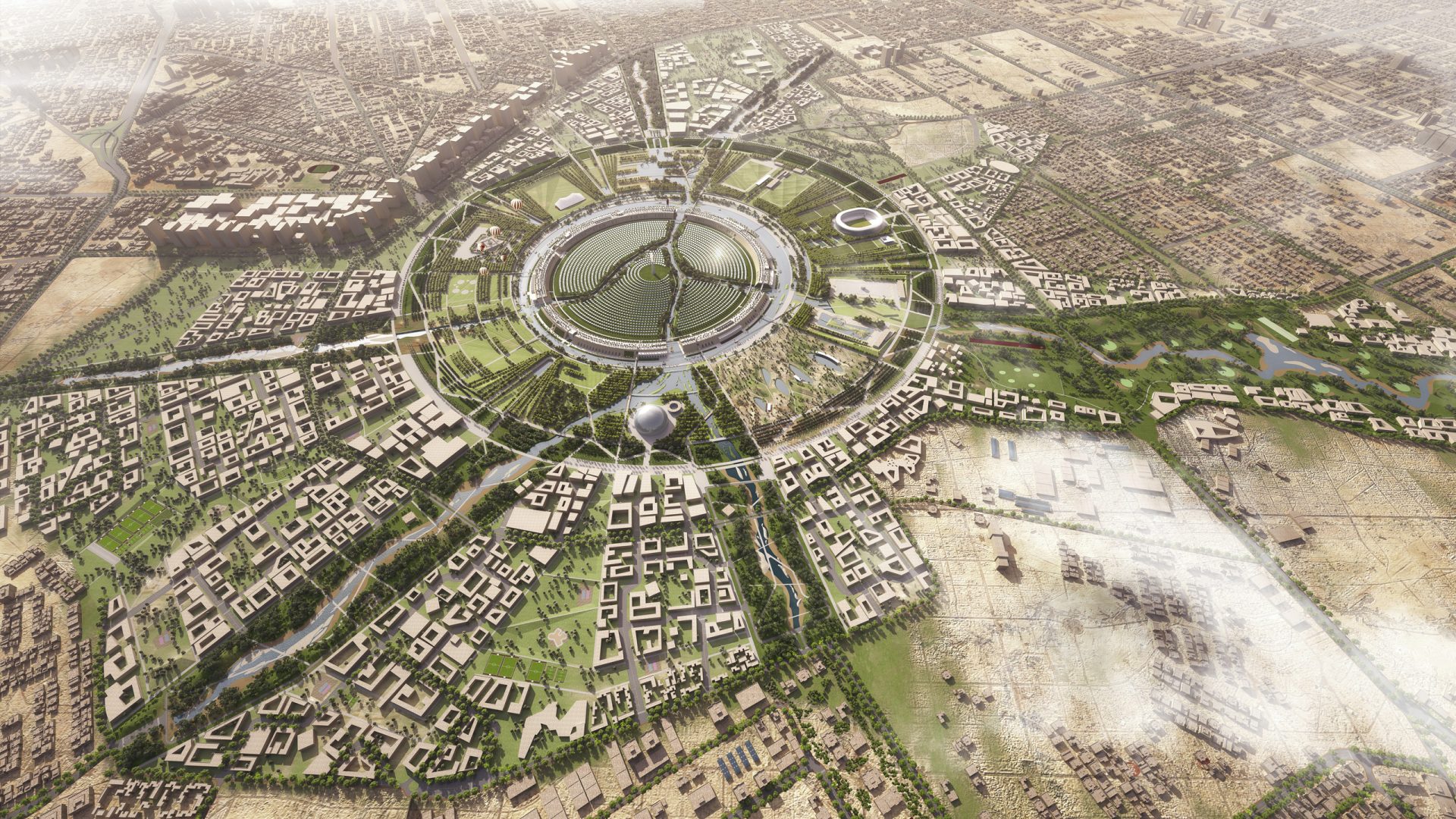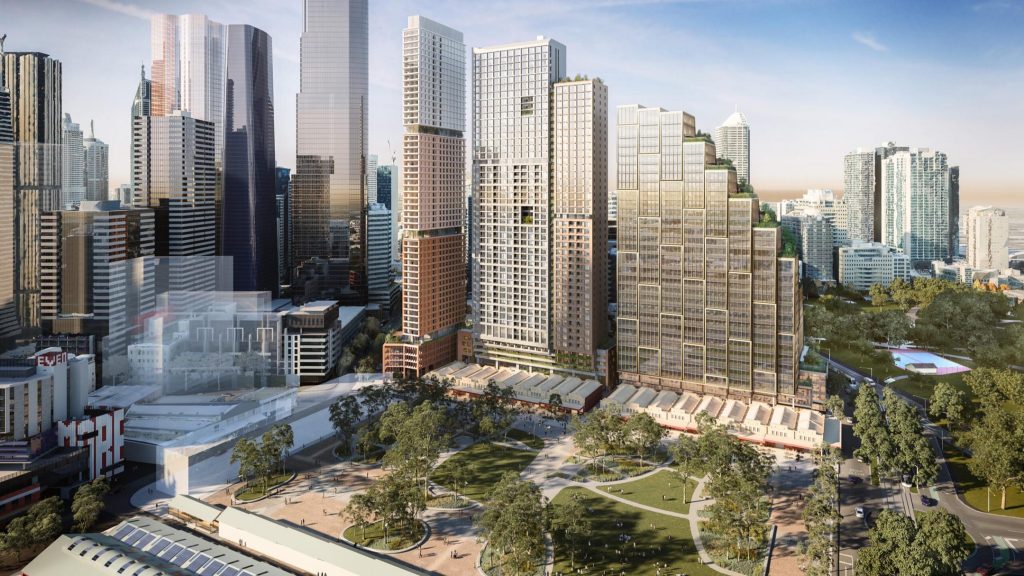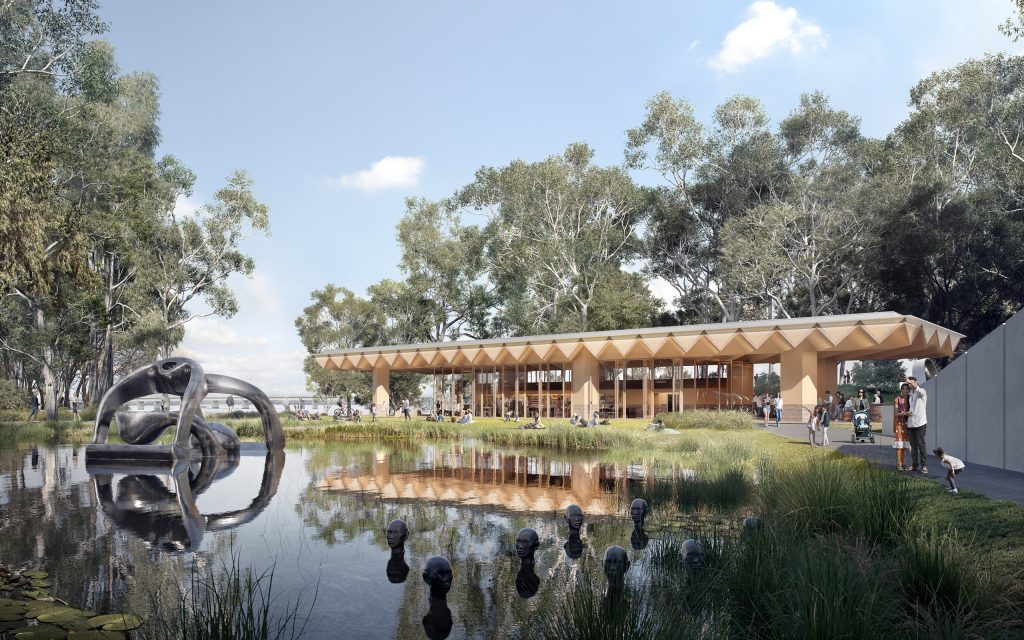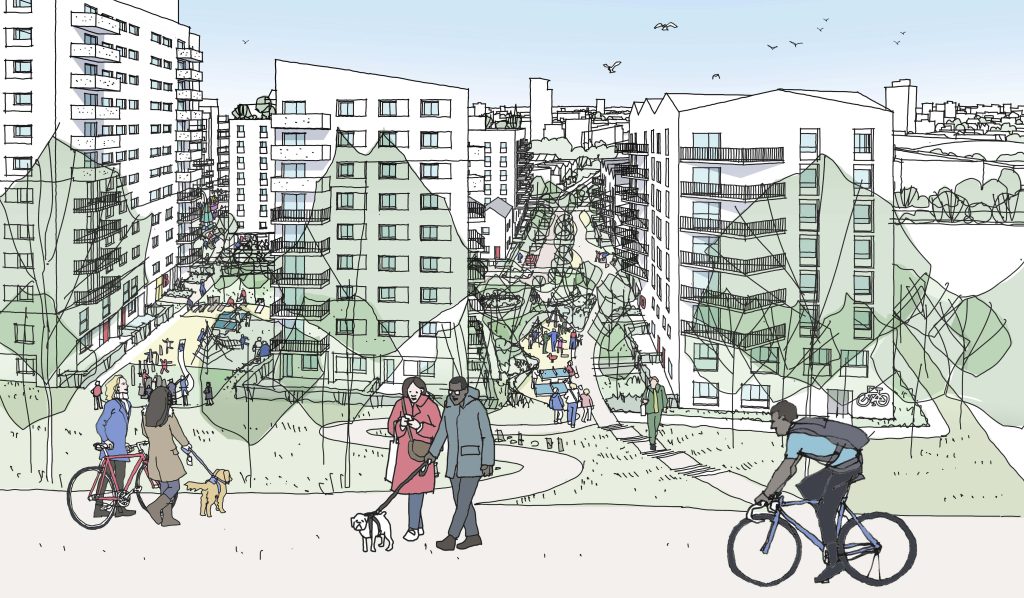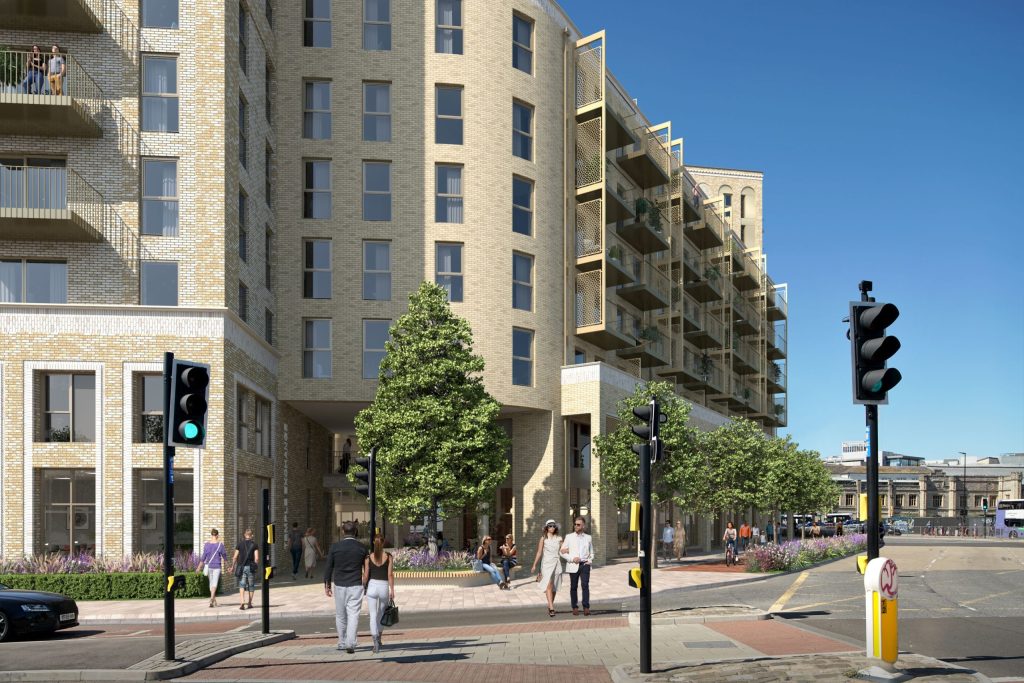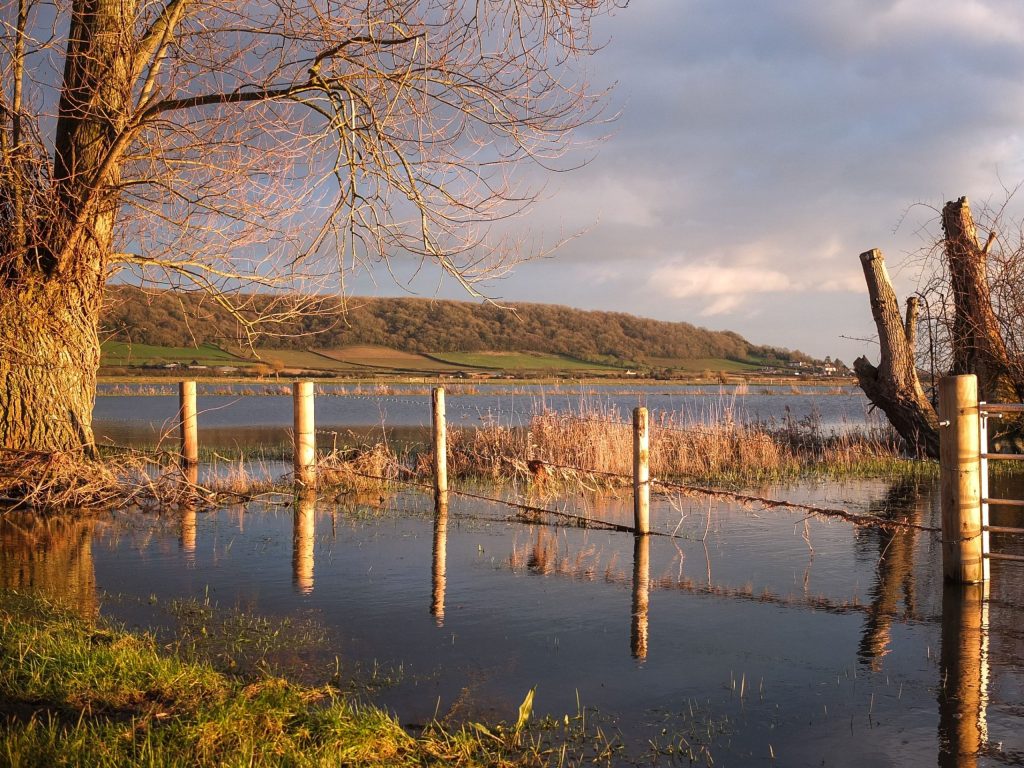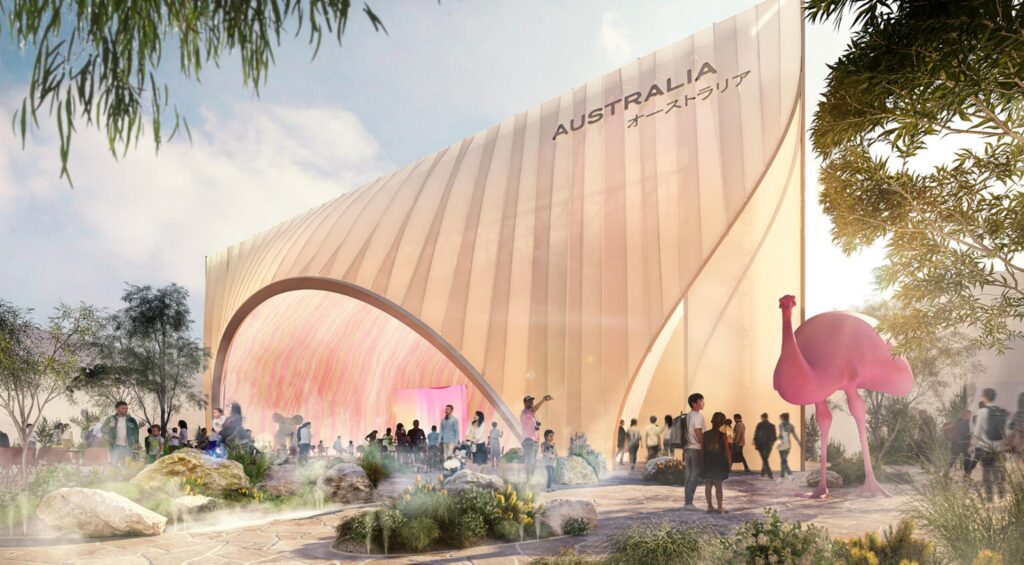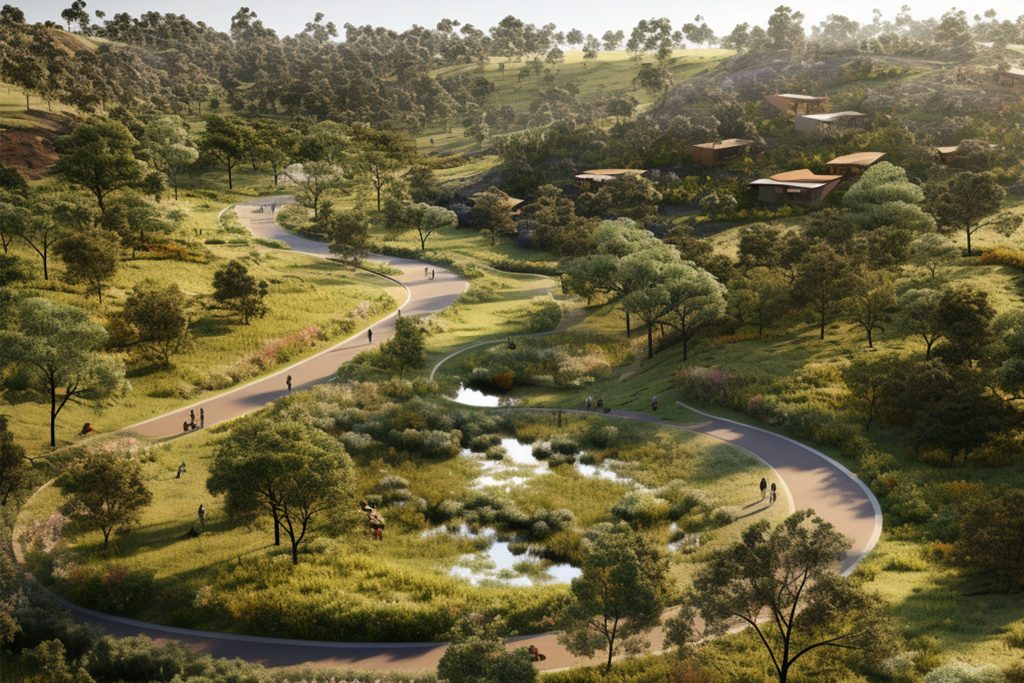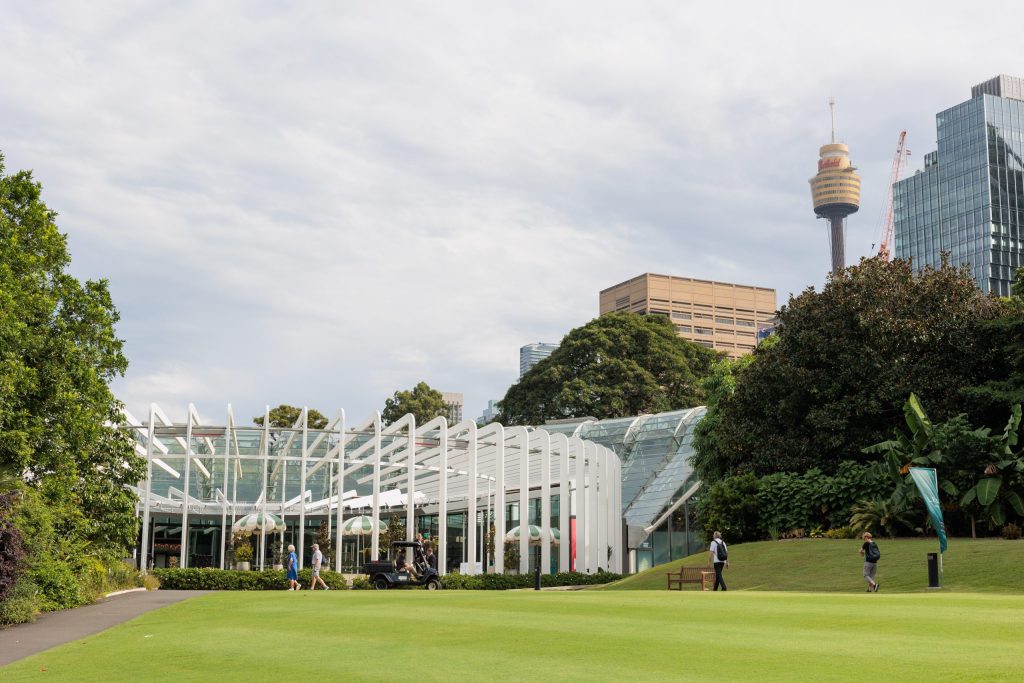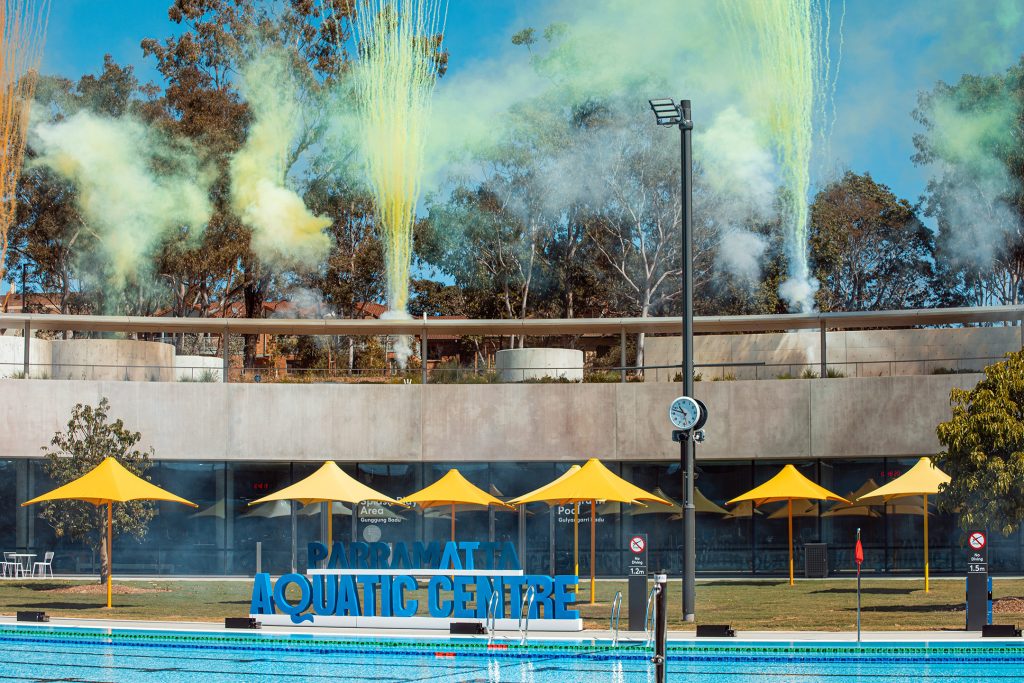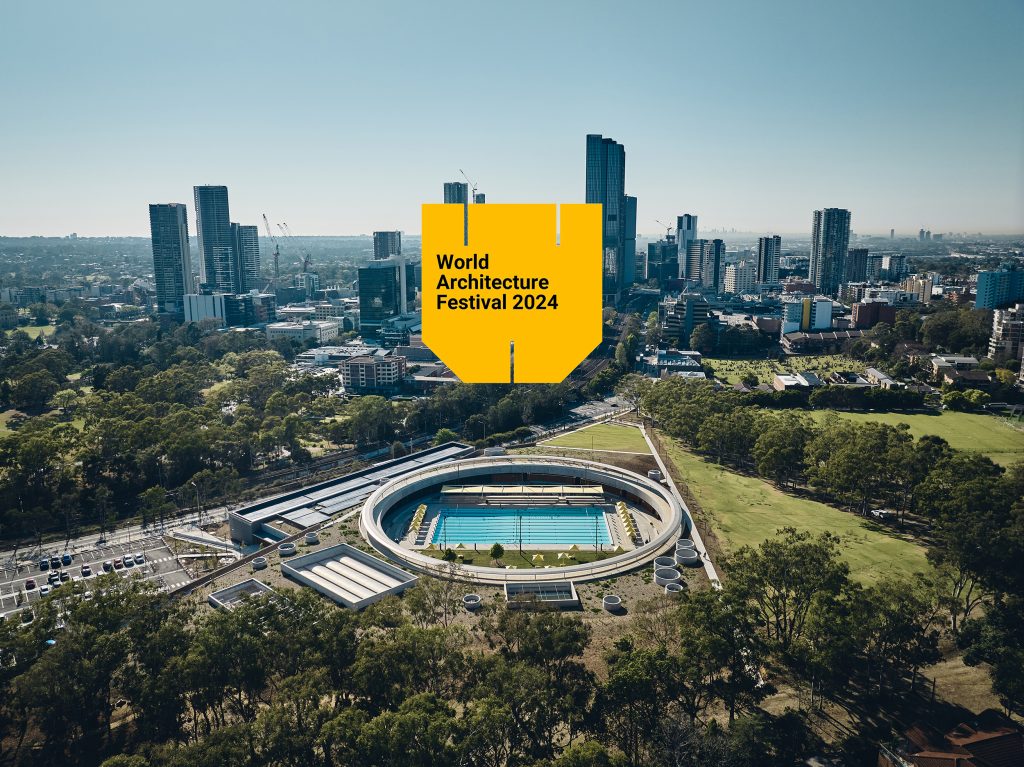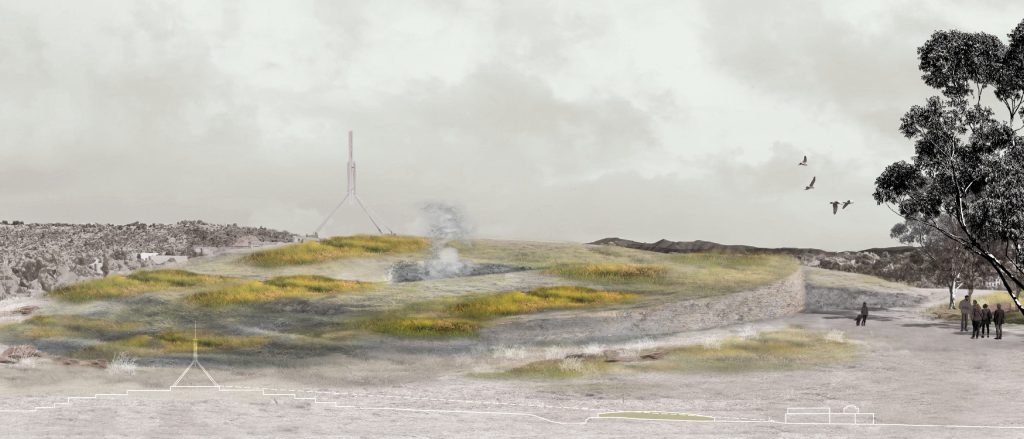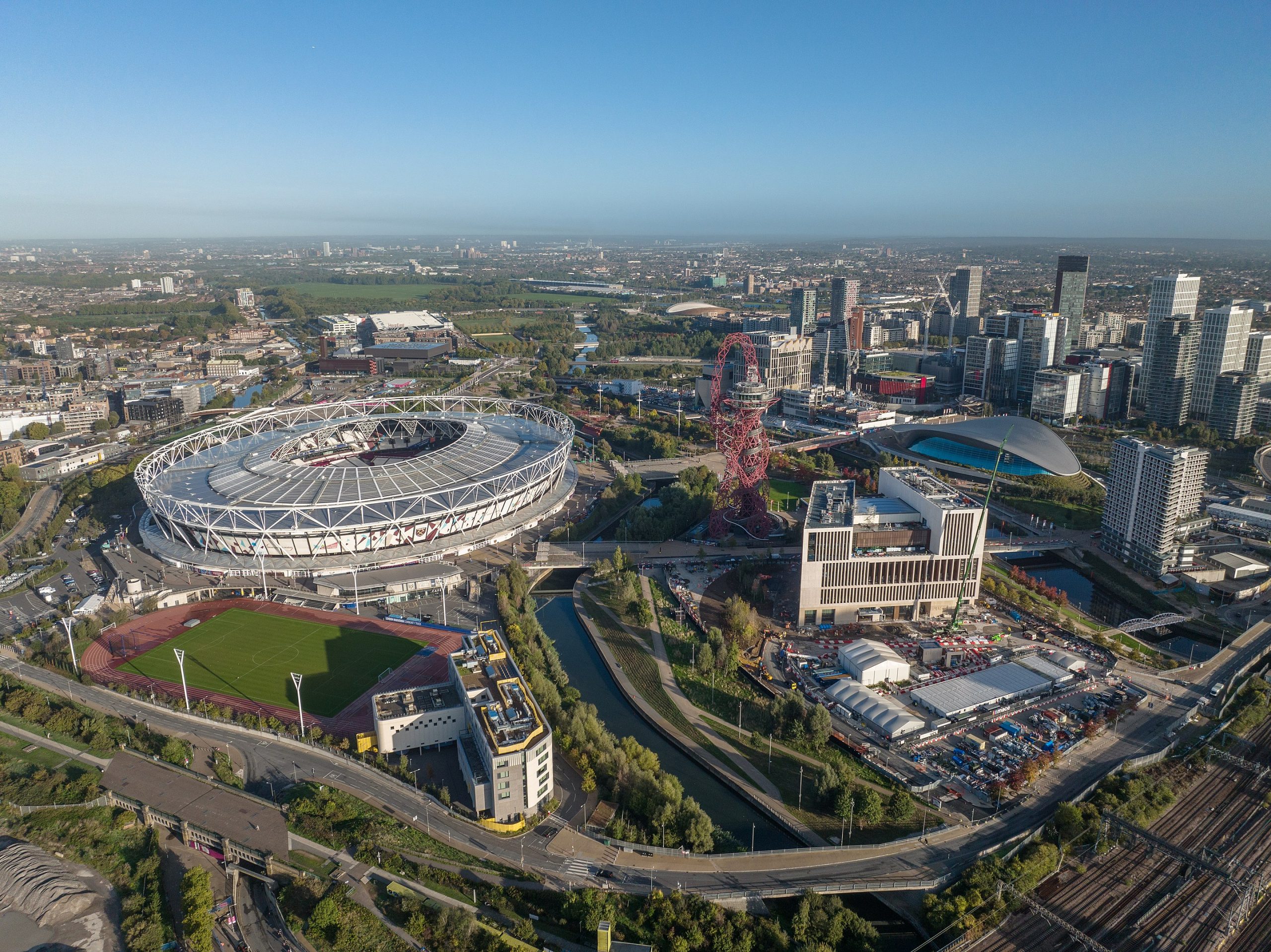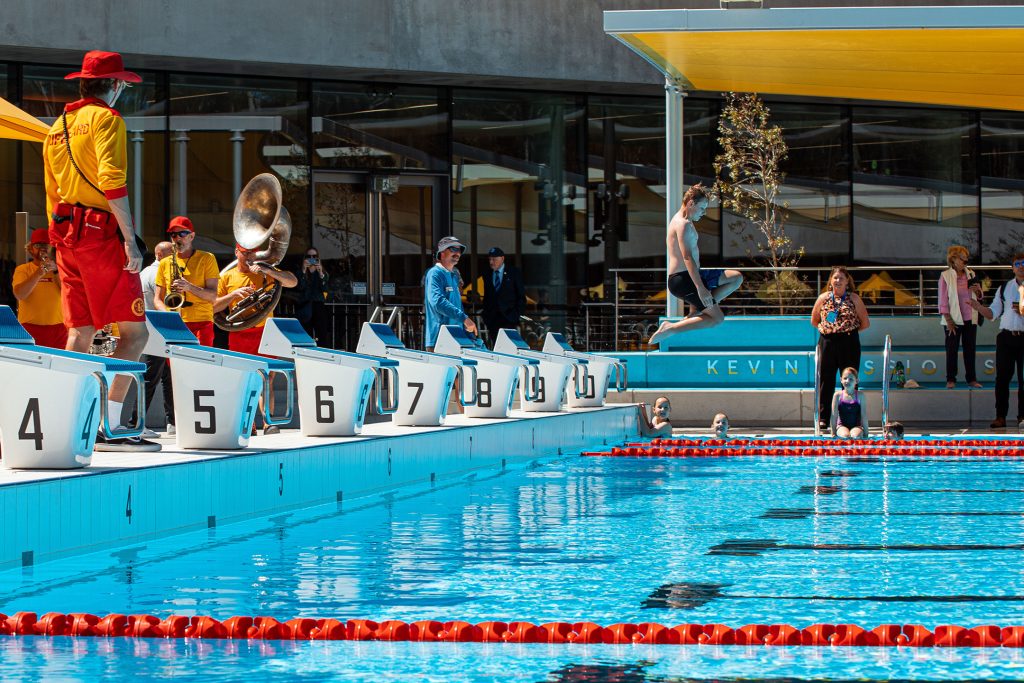Designed by McGregor Coxall, Circular Economy Park is a carbon-positive proposal for the centre of a new mixed-use urban district in the Middle East. A former brownfields site, it would be one of the largest urban parks in the world, more than twice the area of New York’s Central Park. The project design utilises innovative circular economy principles and the ten Biourbanism systems to achieve an urban district with a carbon-, waste- and water-positive footprint.
The xeriscape, or water-sensitive, design is informed by the recently discovered ancient circular iconography built across the Arabian Desert and named by the Bedouin as ‘Works of the Old Men’, as well as by traditional urban centres and natural wadis. Adopting the Biourbanism model, it is a technologically advanced smart park that creates its own energy through a world-first urban concentrated solar power farm that provides district cooling through solar thermal infrastructure. The central area under the heliostats is utilised for urban permaculture food production.
The park is divided into two separate, yet overlapping, parkland systems. The first is a 277-hectare urban park and world-class international destination called the Circular Gardens. The second is a 382-hectare outer network of housing, neighbourhood parks and mixed-use areas that service the needs of local residents. This open space creates a green grid linked to the streets and parks of the city beyond.
At the inner core of the Circular Gardens is the Civic/Cultural Ring – a 3.2-kilometre ring walk that unites a mix of world-class art museums, markets, educational institutions and entertainment facilities. The ring encircles the 50-hectare organic farm and central solar farm. A drone lightshow shimmers across the solar panels at night.
The outer park ring is a 7.2-kilometre circular Community Loop informed by the ‘Works of the Old Men’. This 40-metre-wide multi-use boulevard forms the boundary between the Circular Gardens and the outer urban precinct.
The park is to become the green lung and central park of the city, extending well beyond its boundaries to connect with the broader city beyond. A circular 35-metre-wide canal and naturalistic wadi network brings life into the centre of the park. The canal is a reference to the canals of the ancient cities, and the wadi waterway network has both a recreational and an ecological function.
The district generates pedestrian activity by linking to proposed metro stations. Eight themed gardens surround the Civic Ring and provide for a diverse array of programs and character to match.
Year |
2019 |
|---|---|
Site Area |
73.7 ha |
Services |
|
Collaborators |
|











